How do you know whether your product idea is going to succeed or not? How do you challenge your assumptions and understand what are the problems you trying to solve in today’s dynamic environment? To start with, firstly, an opportunity exists when there a customer problem to be solved, problem which is either unmet need or an underserved need for a set of customers or a situation that customers find unsatisfactory. The second aspect is the solution – technology solution that can address the customer problem better than alternatives that are available to customers.
Where does product opportunity begin? With a hypothesis – which is a statement of belief that there may be an opportunity to create a product to solve a particular customer problem. Lets look at product opportunity with three legs.
- Customer – who is going to use the product?
- Problem – what does customer wants to be able to achieve? What are his goals?
- Product – solution to the problem that customer’s trying to solve.
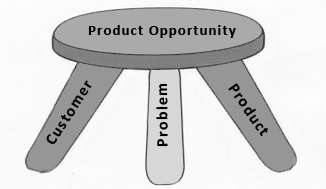
At the end of the day, a successful product needs to fit a market. To achieve product-market fit, you need to keep on testing of the hypothesis – till we get closer to discovery. One of the technique for structuring and identifying product opportunities is Jobs-to-be-Done. This technique focuses on the customer problem that you’re trying to solve, rather to focus on product or solution itself.
What is Jobs-to-be-Done.
A customer buys a product to solve a problem. Another way of saying this is that our customer hires a product for a job that they want to get done. So, by understanding the job to be done for the customer, you focus on the problem that the customer wants to solve and also you get a much more accurate understanding of the features and requirements of the product. It’s almost like if you know the job description for your product more accurately, you can build the features more accurately.
Unpacking Jobs-to-be-Done
Jobs = Continuous struggle to make life better.
to-be = Progress i.e. an evolutionary process that happens over time.
Done = Overcoming the struggle that was once there.
Let’s dig deeper…
What is a Job:
Customers dont buy products or services, they pull them into their lives to make progress. This progress is “job” they are trying to get done, in particular circumstance. The progress is a movement a goal or aspiration a person is trying to accomplish or a problem they are trying to resolve. Customers hire products to solve these jobs. Please note that ‘circumstance’ is fundamental to defining the job because the nature of the progress desired will always be strongly influenced by the circumstance.
What isn’t a job:
- Job is not a customer need. Need is analogous to trends – directionally useful, but not sufficient for defining exactly what will cause a customer to choose one product over other.
- Job is not a customer want.
- Job is always a process to make progress, its rarely an event.
Jobs can be functional, emotional, social or ancillary. Jobs-to-be-Done (JTBD) analysis is to understand what customers care most about in that moment of trying to make the progress. It is a framework for
- Categorizing, defining, capturing, and organising all your customer goals or aspirations or needs
- Tying customer-defined performance metrics (in the form of desired outcome statements) to the Job-to-be-done.
Types of Jobs?
- Functional jobs: the task that the customer is trying to complete / achieve.
- Emotional jobs: related to the customers feelings and perceptions. How customers want to feel about themselves (personal jobs) or how they want to be perceived by others in their social circle (social jobs)
- Ancillary jobs: jobs that customers want to get done before, during or after they get their main job done.
How to discover the Jobs?
Each job has a hiring criterion:
- What progress is that person trying to achieve? (what are the functional, social, emotional dimensions of the desired progress).
- What are the circumstances of the struggle? (describe situation)
- What obstacles are getting in a way of the person making progress? (describe anxiety)
- What are the alternative / imperfect solutions through some kind of compensating behavior? (describe inertia)
- How would they define what “quality” means for a better solution? (job should be measurable)
Job Statements:
The statements are written by specific personas to describe their jobs while including all the above-mentioned criterion into the jobs. Job statement should have
- the situation which is fundamental to defining the job because the nature of the progress desired will always be strongly influenced by the situation.
- the motivation i.e. the reasons that generate the job that customer needs to do (comfort, aspiration, dissatisfaction etc)
- the benefit i.e. the end state/outcome customer wants to achieve.
Following is the structure of job statement:
When (situation) —– I want to (motivation)—— so that (benefit)——-
Let’s take few examples:
- When I’m in meeting, I want to able to send text messages to my friends or family so that they can know that I’m busy and not able to talk at the moment. (iPhone – functional)
- When I go running, I want to be able to listen to my music so that I can be entertained during my run. (iPod)
- When I’m away from my family, I want to be able to video call with them so that I can stay connected even if we are miles away. (iPhone – emotional)
- When I’m done speaking or texting on phone, I want to be able to play games so that I can pass time when I’m bored. (iPhone – ancillary)
- When I’m planning my trip/vacation, I want to be able search locations/hotels/accommodations by date, price & availability so that I can find places based on my trip needs. (Airbnb – functional)
- When I’m in process of accommodation/hotel booking, I want to be able to read reviews about the place I’m viewing so that I can learn other guests experiences. (Airbnb- emotional)
- When I have booked the place, I want to be recommended nearby places worth visiting so that I shouldn’t miss the local experience while I’m in that area. (Airbnb – Emotional/ancillary)
- When I’m planning the task priorities for the next sprint, I want to be able to quickly figure out the total time & efforts going to be used so that I can optimize the workload and have flexibility to absorb unexpected changes. (Jira software)
Once we have clear job statements with us, we can look forward to hire the products that can apply to the jobs.
Case Study: Facebook vs Cigarettes
Why do smokers take a cigarette break?
Functional: He’s simply seeking the nicotine his body craves in certain circumstances/situations.
Emotional: He’s hiring a Cigarette for the emotional benefit of calming him down, relaxing him, when he is stressed / over-worked/tired/bored.
Social: In a typical office building, he can hang around with his buddies during a break.
How is Facebook competing with Cigarettes on emotional and social jobs?
Emotional: He’s hiring facebook for the emotional benefit of relaxing him, by connecting with his friends/family.
Social: He can engage with his friends/family network in a group call or start gossiping in his group chat.
Which product the smoker chooses will depend on the circumstances of his struggle in that particular moment.
References:
“Competing Against Luck” by Clayton Christensen.
“When Kale and Coffee Compete” by Alan Klement.
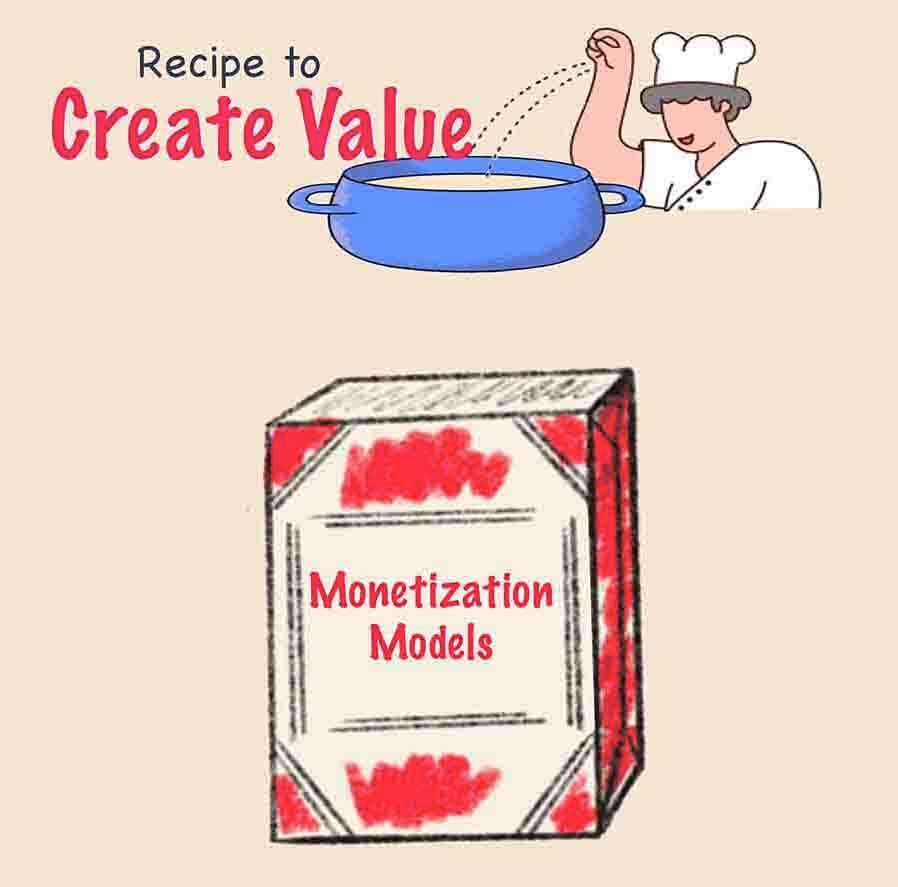
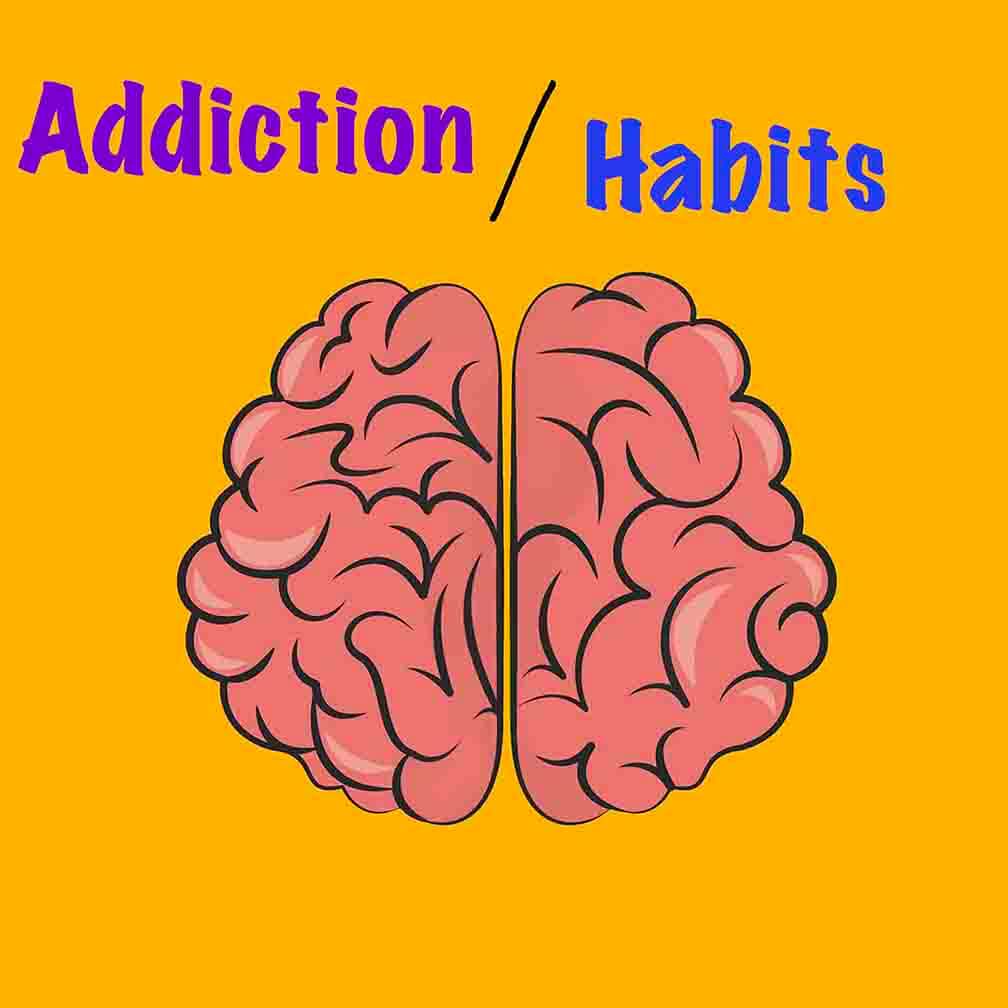
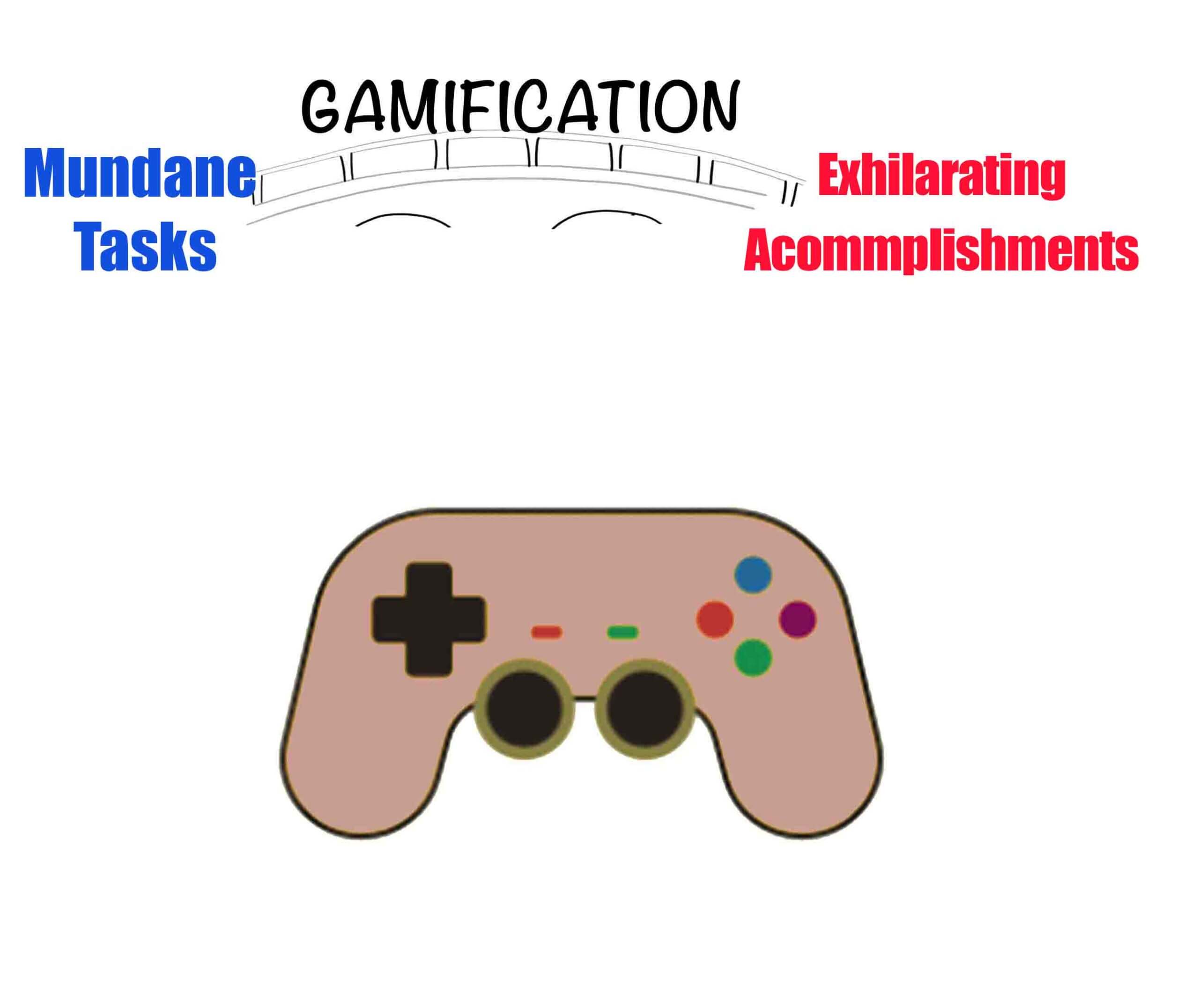
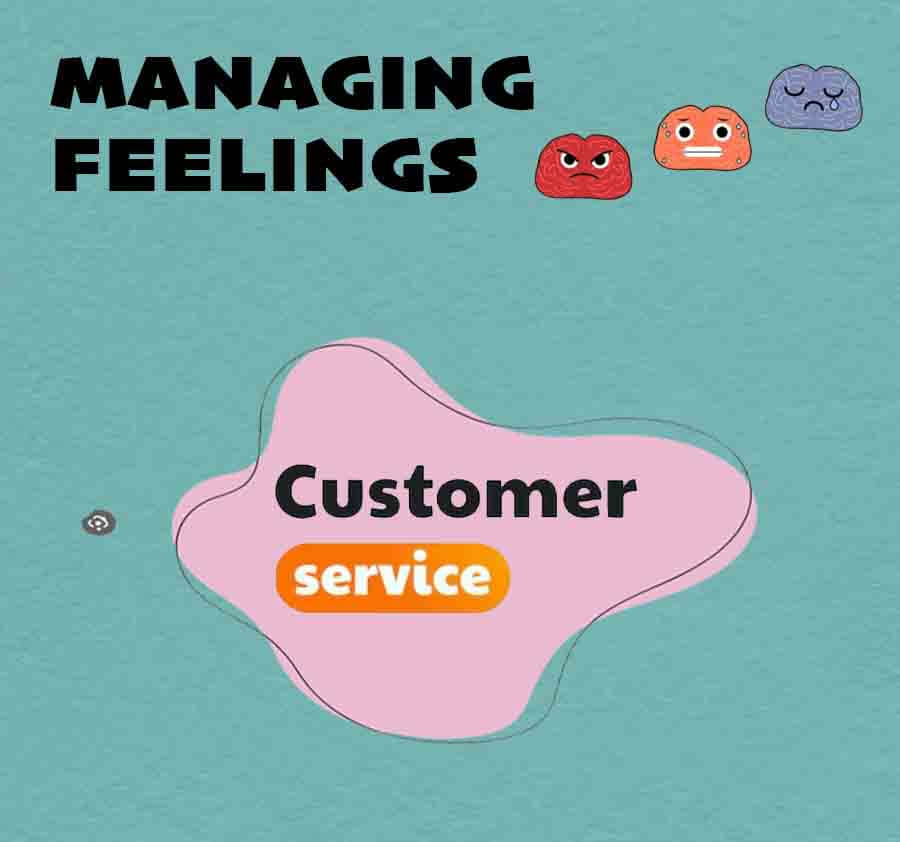
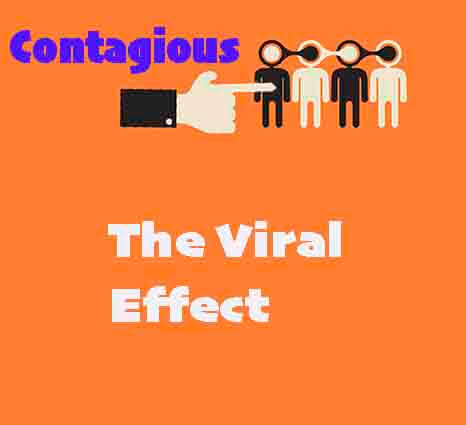
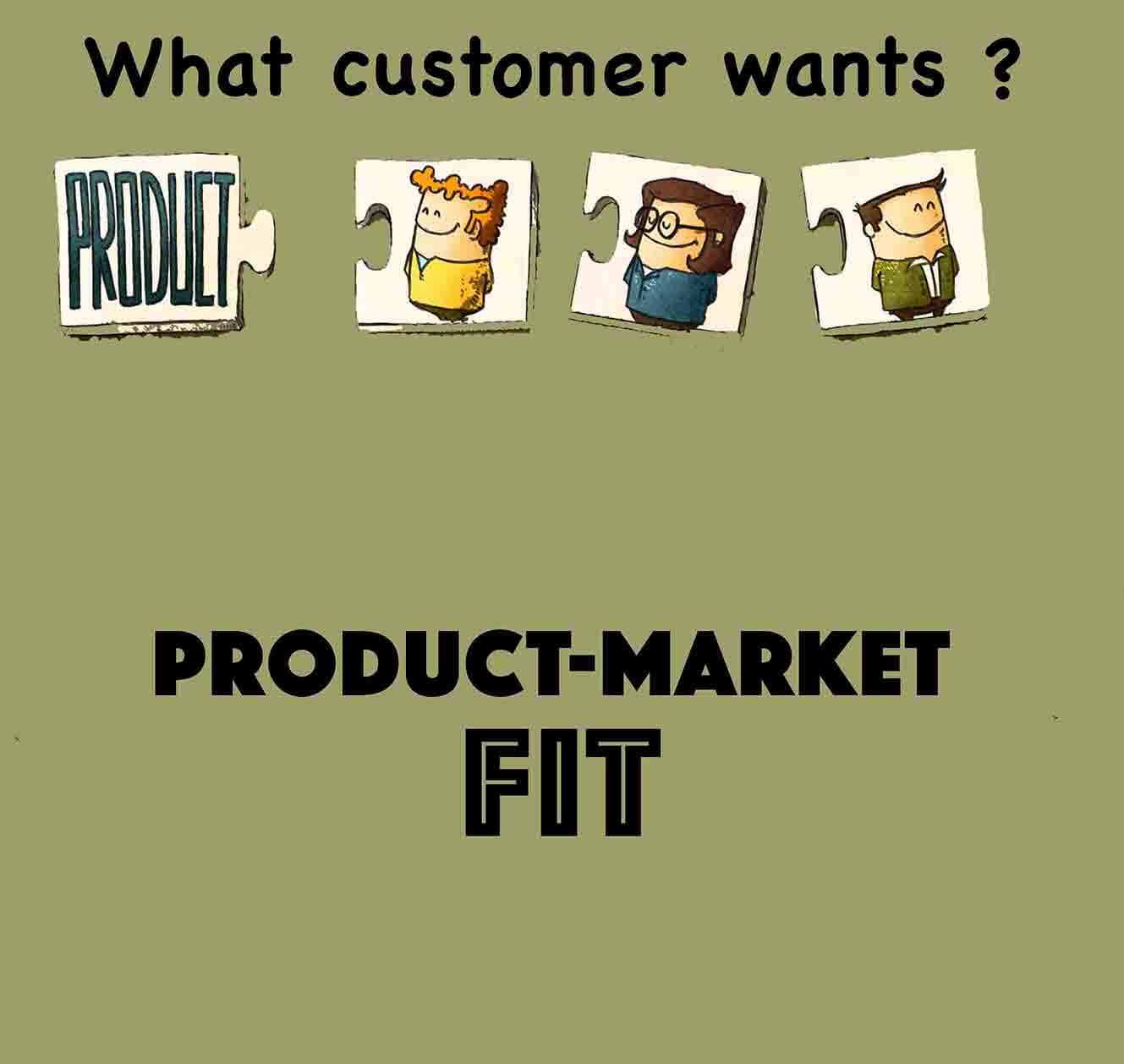
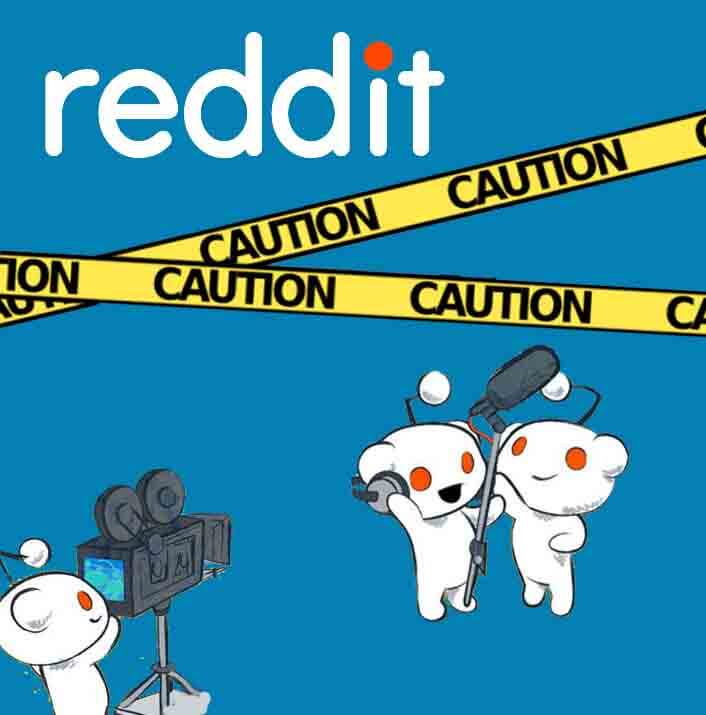
 Swipe for more stories
Swipe for more stories
Comments